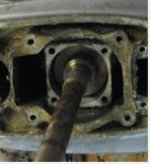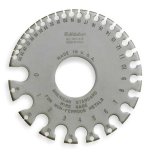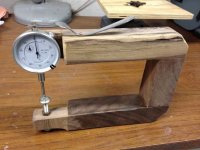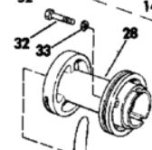On a 1983 Evinrude 60hp 2 cylinder, what is too much side to side or up and down play (in inches or mm?) on the driveshaft at the cone & roller assembly with the complete water pump and the bearing housing assembly removed? I'm trying to determine if the roller assembly needs replacing it seems to me to have to much side to side movement.


Last edited:





